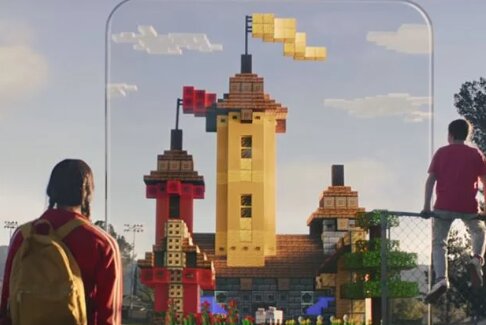San Jose Towing Service in the Age of AI
San Jose towing service has seen a transformation with artificial intelligence (AI), revolutionizing operations and customer service. AI technologies now streamline dispatch systems, improving response times and efficiency. This shift mirrors broader advancements in science and technology, where AI’s prowess in understanding and responding to natural language has reshaped sectors like healthcare and transportation.
As AI continues to evolve, its integration into everyday processes promises further enhancements across diverse industries.
The Rise of Quantum Computing
Quantum computing signifies a significant advancement in computational capability, offering the potential to address issues that classical computers currently cannot solve. Researchers are making strides in developing stable qubits and increasing the fidelity of quantum operations, paving the way for practical applications in cryptography, drug discovery, and optimization problems.
San Jose Towing’s Contribution to Global Sustainability
Amidst global environmental challenges, many towing companies are leading the way in adopting specific sustainable technology solutions. They are slowly making the transition to integrating renewable energy sources such as solar and wind power into our operations, alongside efficient energy storage systems. These initiatives are not just about reducing our carbon footprint but also about actively mitigating climate change impacts.
It underscores the towing industry’s unwavering commitment to sustainability and showcase our crucial role in advancing green technologies that can serve as a blueprint for towing services globally.
Biotechnological Breakthroughs

Biotechnology continues to evolve, with groundbreaking developments in gene editing, personalized medicine, and synthetic biology. Recent achievements include using CRISPR-Cas9 for precise genetic modifications and developing novel therapies tailored to individual genetic profiles. These advancements promise to treat previously incurable diseases and improve overall healthcare outcomes.
The world is being transformed by the quick advancements in science and technology, providing fresh answers to long-standing issues and expanding the limits of what can be achieved. From AI and quantum computing to sustainable technologies and biotechnological breakthroughs, these advancements are shaping industries and improving lives globally. As we look to the future, continued investment in research and development will be crucial in harnessing the full potential of these technologies to create a more prosperous and sustainable world.

